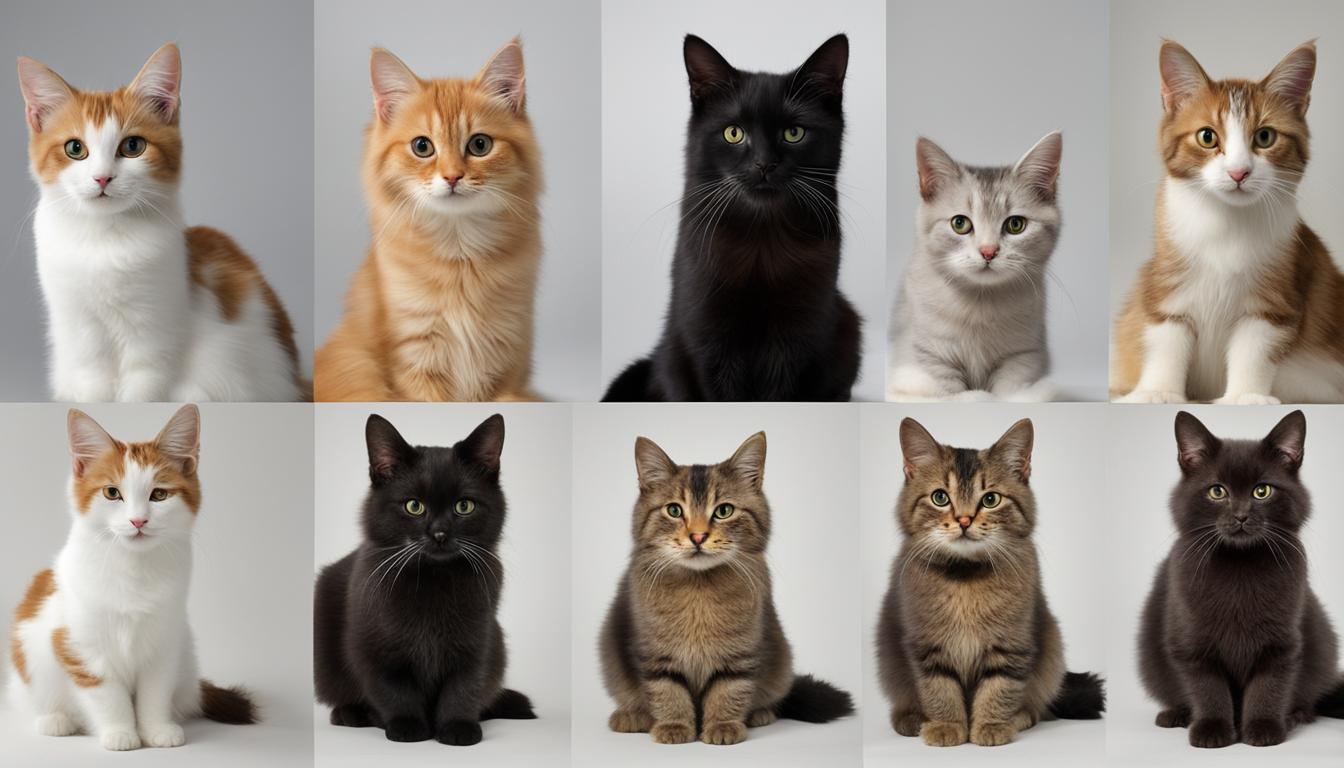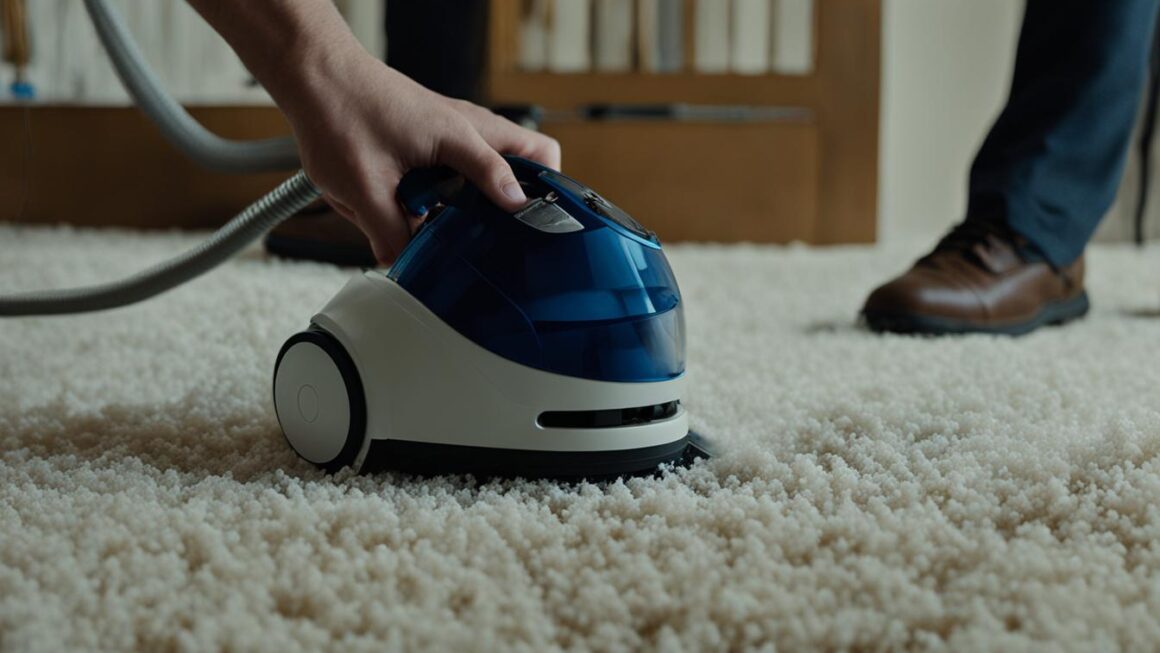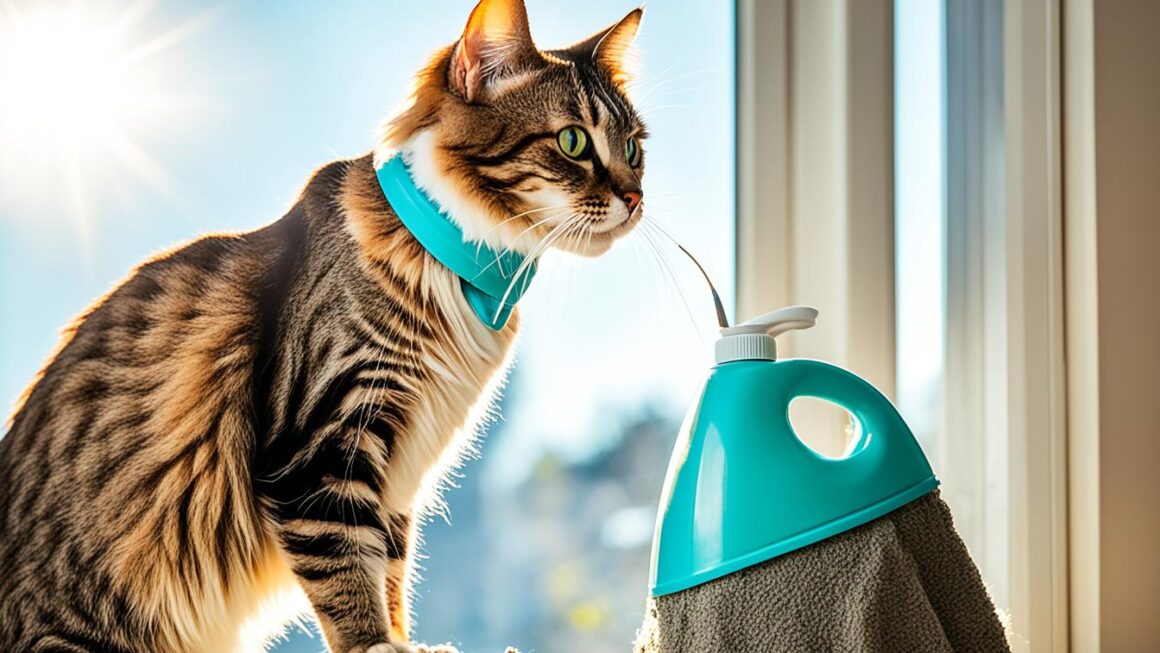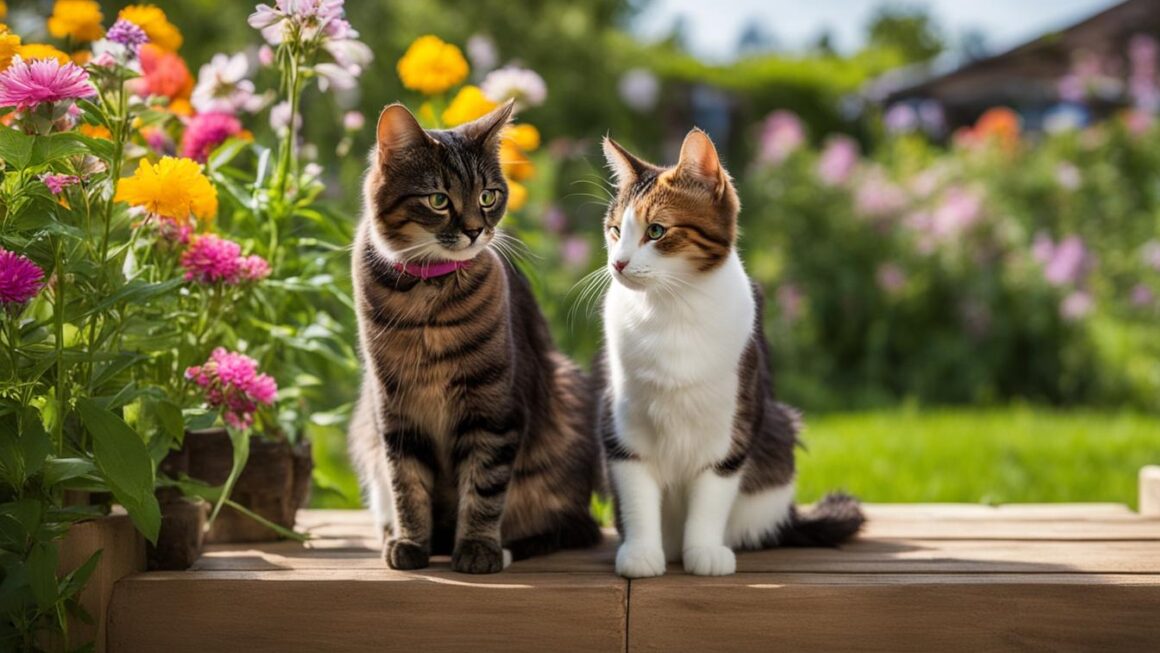When it comes to the lifespan of our feline friends, many cat owners wonder, can a cat live 20 years? The good news is, with the right care and environment, a cat can live up to 20 years or even longer! Understanding the factors that influence a cat’s lifespan can help cat owners provide the best care for their furry companions.
Diet plays a crucial role in a cat’s longevity. Feeding them a well-balanced and nutritious diet tailored to their specific needs can contribute to a longer and healthier life. Additionally, providing regular healthcare, including vaccinations and preventive treatments for parasites, can help prevent diseases and extend a cat’s lifespan.
Neutering your cat is another important factor to consider. Neutered cats tend to live longer because it reduces the risk of reproductive diseases and eliminates the urge to roam, which can expose them to dangers such as traffic accidents or fights with other animals.
Just like humans, cats go through different life stages, each with specific needs and potential health issues. From the energetic and playful kitten stage to the more sedate senior and geriatric stages, understanding these stages can help cat owners better address their cats’ changing needs as they age.
Key Takeaways
- Cats can live up to 20 years or longer with proper care.
- Diet, healthcare, and neutering can impact a cat’s lifespan.
- Cats go through different life stages, each with specific needs and potential health issues.
Average Cat Lifespan and Life Stages
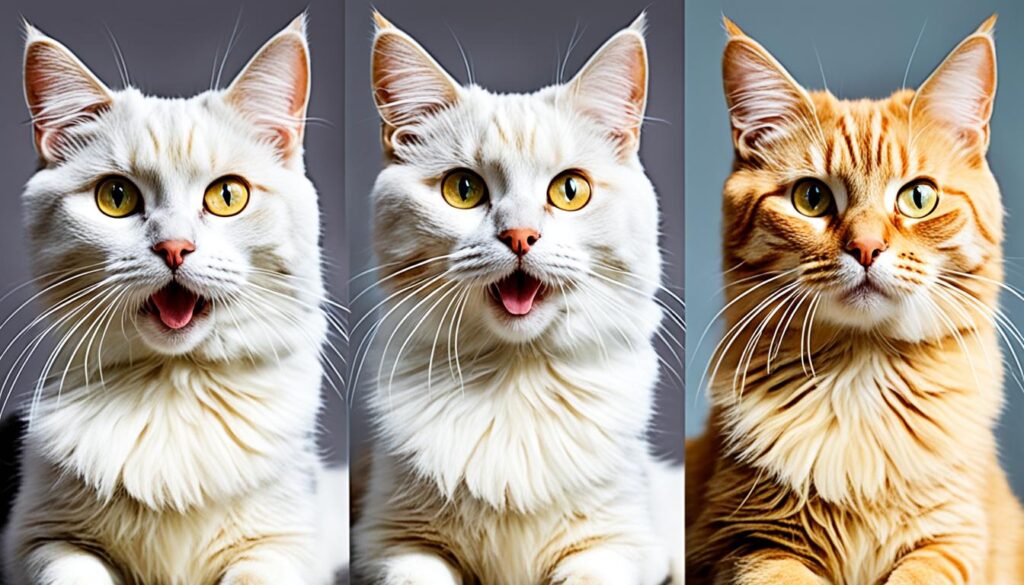
The average lifespan of a cat is around 13 to 14 years, but well-cared-for cats can commonly live to be 15 or beyond. Some extraordinary felines have even reached ages of 18, 20, and sometimes even 25 or 30 years.
Cats age differently than humans, and their life stages are divided into kitten, junior, prime, mature, senior, and geriatric. Each stage has its own specific developmental milestones, behavioral changes, and potential health concerns.
As cats progress through their life stages, their bodies and needs change. The aging process in cats is gradual, characterized by distinct physical and behavioral changes. Understanding these stages can help cat owners provide appropriate care and address potential health issues in a timely manner.
Kitten Stage
During the kitten stage, which typically lasts from birth to 6 months, kittens grow rapidly and require plenty of care and attention. This stage is crucial for their development, as they learn social skills and explore their environment. Vaccinations and early healthcare interventions play a vital role in ensuring a healthy start for kittens. can a cat live 20 years?
Junior Stage
The junior stage covers the period from 7 months to 2 years of age. At this stage, cats continue to grow and mature physically, and their energy levels are often high. It’s important to provide them with a balanced diet and opportunities for mental and physical stimulation.
Prime Stage
The prime stage encompasses the years from 3 to 6. Cats in their prime are typically active, playful, and in the peak of their physical condition. However, it’s essential to maintain their overall health through regular veterinary check-ups and a nutritious diet.
Mature Stage
The mature stage, which begins around 7 years of age, marks the transition into middle age. Cats may start to show signs of reduced activity and may require additional support to maintain their health. Regular dental care and monitoring for age-related conditions, such as arthritis, become crucial during this stage.
Senior Stage
The senior stage, starting around 11 years old, is a time when cats may experience more significant health issues. Regular monitoring of organ function, such as kidney and thyroid function, is important. Adjustments to their diet and environmental accommodations, such as providing easy access to litter boxes and cozy resting places, can greatly enhance their quality of life.
Geriatric Stage
| Age Range | Health Considerations | Care Recommendations |
|---|---|---|
| 15+ years | Increased risk of chronic diseases | Frequent veterinary check-ups, specialized diet, joint supplements |
The geriatric stage, typically starting around 15 years of age, is a time when cats require the highest level of care and attention. Common health issues during this stage include kidney disease, dental problems, and arthritis. Regular veterinary check-ups, a tailored diet, and environmental modifications can help manage these age-related challenges.
Understanding the lifespan and life stages of cats is crucial for promoting their well-being and extending their lives. By providing appropriate care for each stage, cat owners can ensure their feline companions lead happy, healthy, and fulfilling lives.
Factors Affecting Cat Lifespan and Tips for Increasing Longevity
When it comes to a cat’s lifespan, several factors come into play. Factors such as nutrition, lifestyle, preventative care, breed, and genetics can all influence how long a cat lives. To ensure your feline companion enjoys a long and healthy life, there are a few key considerations to keep in mind.
First and foremost, providing your cat with a nutritious diet is crucial. High-quality cat food that meets their nutritional needs can help prevent obesity and associated health issues. Regular veterinary check-ups are also essential. These visits allow for early detection of any potential health issues and enable prompt treatment, thus increasing your cat’s chances of a longer life.
Additionally, keeping your cat indoors can contribute to their longevity. Indoor cats are less exposed to the risks of accidents, predators, and diseases that outdoor cats face. Creating a safe and enriched environment within your home, complete with toys, scratching posts, and interactive play, helps provide the mental and physical stimulation cats need.
It’s worth noting that mixed-breed cats generally have longer lifespans compared to purebred cats. This is because purebred cats are more prone to hereditary illnesses due to selective breeding practices. By choosing a mixed-breed cat, you can help reduce the risk of these genetic health issues.
Remember, monitoring your cat’s weight and addressing any health concerns promptly are essential for increasing their lifespan. By paying attention to these factors and providing your cat with love, care, and a purposeful environment, you can help ensure they live a longer and happier life.
Conclusion : Can a cat live 20 years?
In conclusion, properly administering drops to your cat’s ears is essential for treating ear infections and maintaining their overall health. By following the step-by-step instructions outlined in this guide, you can ensure a smooth and effective process. Remember to prioritize your cat’s comfort, follow the prescription instructions provided by your veterinarian, and seek their guidance if needed. Regular ear care is crucial for your cat’s well-being, so make it a part of your routine. For more detailed instructions, refer back to the guide on “How To Put Drops In Cats Ears“

